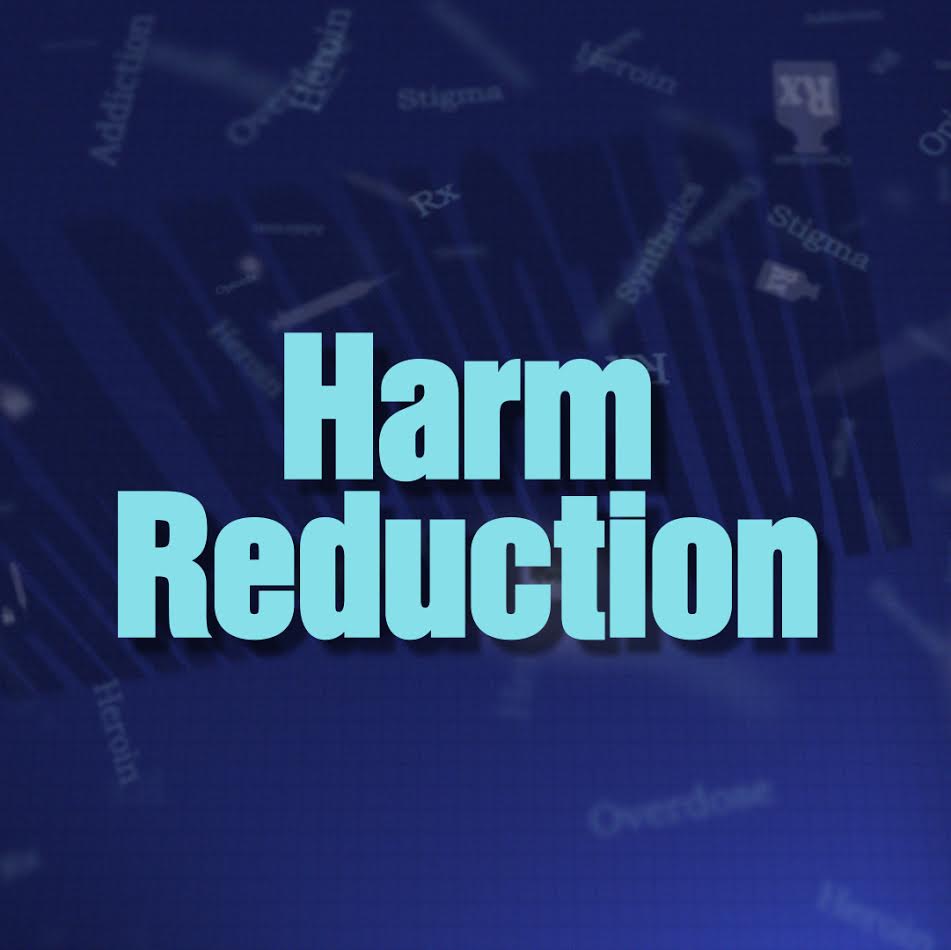As law and regulations have changed to embrace the philosophy of harm reduction (measures to reduce the negative impacts and risks of a particular behavior or activity), there is a continuing need to provide information to our law enforcement officers and other first responders about changes to legislation and regulations.
I would like to share with you three videos have just been released to underscore important issues in public health concerning illicit drug use.
Confiscation of Opioid Overdose Kits https://youtu.be/J1SOcyEVDLA
In response to the heroin epidemic, New York State law authorized several initiatives to reduce the harm associated with drug use. Among them is the Opioid Overdose Prevention Program. Established in 2006, this program has provided overdose prevention training and kits of Naloxone to first responders and citizens. Many law enforcement officers have been trained and routinely reverse overdoses on people who otherwise would have died. The same law allows citizens to possess and administer Naloxone. However, there have been recent accounts of Naloxone overdose kits being seized from citizens by law enforcement. The law does not require trained responders, whether they are law enforcement, EMS or private citizens, to possess any proof, receipt or prescription for Naloxone, syringes or atomizers. Some of the kits are distributed in labeled pouches, and some are simply in clear plastic bags. The reasons for confiscation of overdose kits are not clear, but it is important for police and others to know that the issuance and possession of these kits are lawful under Section 3309 of the New York State Public Health Law. In this production, former Police Chief Mark Spawn discusses the Opioid Overdose Prevention Program.
If officers and agencies have questions about the law, please consult with your municipal counsel or district attorney.
First Responder Burnout in Overdose Reversals https://youtu.be/ofG5ezDemLY
The Opioid Overdose Prevention Program has put lifesaving Naloxone in the hands of firefighters, police officers, and EMS providers. While there have been several accounts of lives saved because of the prompt administration of Naloxone, there have also been stories of some first responders who have become frustrated with repeatedly reversing overdoses, sometimes on the same people. In this video production, former Police Chief Mark Spawn talks about the importance of being nonjudgmental, and committed to the duty of providing first aid to persons in distress. Perhaps there is no better example than the story of a man who was addicted to heroin and has since turned his life around. Roberto Gonzalez of Utica, New York shares his inspiring story of how he suffered an overdose and was saved by paramedics. He has been completely clean and sober for more than five years. Today, Roberto is the Assistant Coordinator for ACR Health’s Syringe Exchange Program in Utica, helping others who suffer from addiction.
If officers and agencies have questions about the law, please consult with your municipal counsel or district attorney.
Overcoming Drug User Stigma challenges the traditional stereotype of an injecting drug user. While many people may envision persons with addiction as being unemployed, homeless, and with criminal records, the faces of addiction include ALL demographics. In this video, former Police Chief Mark Spawn discusses the true faces of addiction – persons of all ages, races, and social standing. https://youtu.be/IzXLKE3mVIM
The video series, What’s Happening in Harm Reduction, was produced by The Spawn Group and was funded by a grant from the New York State Department of Health. Also available for free in the iTunes Store – search “What’s Happening in Harm Reduction”
MARK A. SPAWN – CHIEF OF POLICE/RET.
THE SPAWN GROUP, LLC www.spawngroup.com
LOS ANGELES, CA
Member: International Assn. of Chiefs of Police; FBI National Academy Associates; NYS Assn. of Chiefs of Police




